Dino Kruger and other mystical entities
30.10.2023 09:32
2459 views

It seems that such a serious science as paleontology is as far as possible from ghosts, vampires, witches, and other mysticism. However, everything in our world is interconnected. Scientists are creative, well-read people, and most importantly, they have very rich imaginations. Thanks to this, upon discovering the remains of an ancient organism, paleontologists often see a resemblance not only to modern real-life animals but also to mythical and sometimes mystical entities, and they often reflect this in the name of the fossil.
Thus, in paleontology, there appear Daemonosaurus and Diabloceratops. Some demons receive "personal" attention. Thus, in 2017, the demon "Zuul" invented for the film "Ghostbusters" (1985) gave its name to an armored dinosaur from the Cretaceous period - Zuul crurivastator. Paleontologists thought that its skull very much resembled the head of a hellish creature. A plesiosaur from Russia, Jucha squalea, was named after the Tatar demon Yuha. This demon is often depicted as a girl who takes off her head when she combs her hair. Since the plesiosaur's skull was not found, this "headless" lizard reminded paleontologists of ancient beliefs.
Scientists have a particularly "warm" feeling for vampires, especially for their aristocrat - the Romanian Count Vlad Dracula. Thus appeared the Jurassic cephalopod mollusk Vampyronassa, the Quaternary bat Desmodus draculae, and in Cretaceous amber, about 100 million years old, they discovered two tiny arthropods bearing the "imprint of the vampire lord" - the ant Linguamyrmex vladi Dracula and the tick, or rather the "terrifying tick," Deinocroton draculi.
However, werewolves were less fortunate. The only one of them, worthy of the attention of paleontologists, is Beorn from the story by John R.R. Tolkien "The Hobbit, or There and Back Again." According to the book, he was a man capable of turning his form into a bear. However, the name Beornus honeyi was given not to a bear, as one might think, but to a very small ancient mammal that lived about 60 million years ago and was no larger than a modern domestic cat.
In some cases, however, unofficial "hellish names" appear that are not reflected in scientific papers. Thus, a very distant relative of mammals, the Permian Lende chiweta from Africa, received the nickname "devil's head" for very strange and frightening protrusions on the skull. Giant relatives of pigs - Entelodontidae, living tens of millions of years ago, for their incredible size and large teeth, were named "hellish pigs." And after paleontologists found out that a 3-meter non-flying bird from Australia - Dromornis is positioned next to ducks on the family tree, it quite expectedly became known in popular speech as the "demonic duck."
Among the monstrous and demonic animals of the past, one holds a special place. Scientists, followed by the rest of the world, first encountered this beast in the middle of the last century. In the distant year of 1948, members of a joint Soviet-Mongolian expedition in the Gobi Desert discovered small fragments of a mysterious animal from the Cretaceous period, about 70 million years old. These were fragments of forelimbs, arms if you will. But what distinguished them was their incredibly sized claws, which we now know could reach up to 50 centimeters in length! A few years later, in 1954, the Soviet paleontologist Evgeny Alexandrovich Maleev studied these limbs and suggested that they could belong to a turtle-like creature. He named it Therizinosaurus cheloniformis, which means "turtle-like scythe lizard." However, even in those distant years, many doubted that the therizinosaurus could resemble a turtle. Later, fragments of a skeleton were found, proving it was a dinosaur, and when it was finally reconstructed in its entirety, an unimaginable monster stood before the scientists' imagination.
This animal could grow up to 9-12 meters in length. Its body was voluminous and likely heavy, weighing up to 6 tons. The head was surprisingly small and sat at the end of a thin neck. But, of course, its main attribute was its forelimbs, reaching up to 2.5, and possibly even 3.5 meters (taller than a human!) and equipped with three half-meter claws. There are even assumptions, based on certain fragments, that the claws could have grown even larger. This creature could have been covered with hair-like feathers on top, at least such structures were found on the imprint of its relative - Beipiaosaurus.
Naturally, the owner of a tiny head and incredibly large claws became popular even beyond the scientific community. This "scythe dinosaur" made its way into books and movies. It was often compared to the horror movie character Freddy Krueger, who also had incredibly large claws on his hands. And often, the cinematic therizinosaurus also used its claws as a dangerous weapon. For example, in the film "Jurassic World Dominion," the therizinosaurus defeated a Giganotosaurus with its claws. It should be noted that in the real world, these two dinosaurs never met, as they lived at different times and in different corners of the planet. But what's more interesting is whether the therizinosaurus could actually defend itself with its claws, could it, for example, pierce its attacker with them?
Scientists have been debating the function of the Therizinosaurus' claws since its discovery. Evgeny Alexandrovich Maleev initially suggested that they could have been used for gathering algae. However, this idea has fallen out of favor since the first description of Therizinosaurus mistakenly identified it as a turtle. Another hypothesis was that the claws could have been used to dig into termite mounds, but this is also unlikely as Therizinosaurus is now considered herbivorous, and digging would have been difficult with its feathered forelimbs. Some scientists still support the ideas that the large claws could have been used for pulling down branches, defending against predators, or during intraspecific combat, such as males fighting over females during mating season. However, these theories are not universally accepted. Recent research using computer technology has shown that the claws were quite fragile, indicating that Therizinosaurus would not have been able to pierce anything with them, contrary to what is shown in movies like "Jurassic World." It's plausible that the claws could have been used to intimidate rivals or predators, but they likely were not effective in actual combat. In 2023, scientists from England and China conducted additional studies and concluded that the claws were merely for show and were not used for any practical purpose. The image of Therizinosaurus is now that of a peaceful plant gatherer whose claws could only scare us, not cause harm.
Returning to the mystic names given by scientists, sometimes ancient fossils resurface on Earth. They can end up in river or sea sediments and re-enter the "stone chronicle," but alongside much later animals. For instance, dinosaur bones could have been washed out of ancient rocks and mixed with mammoth bones in river sediments. This effect is known in the English literature as the "Zombie effect," and re-deposited fossils are called "Zombie taxon," a term befitting Halloween.
For more detailed information about Therizinosaurus, including a 3D model of its skeleton, muscles, and bones, you can refer to the dinosaur card in the "3D Dinopedia: Paleontology" app.
Discussions
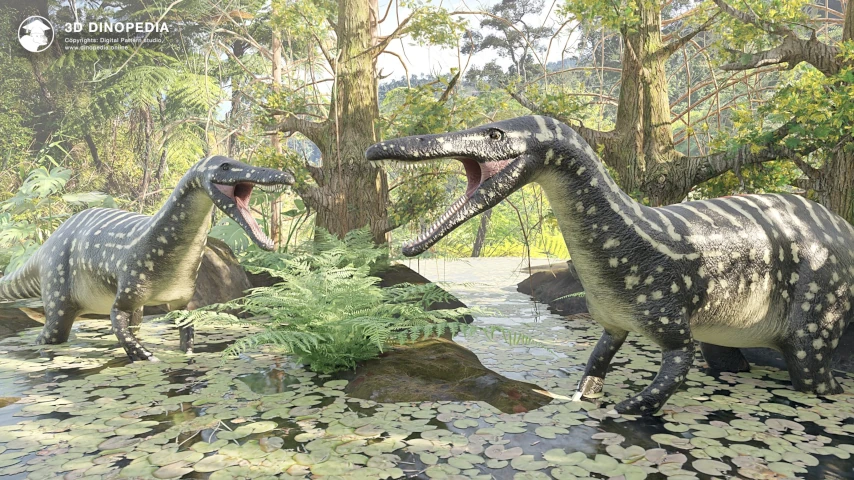
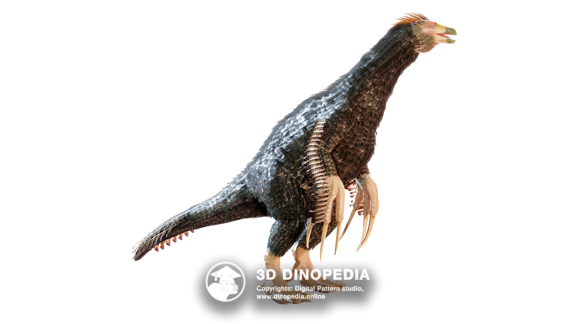

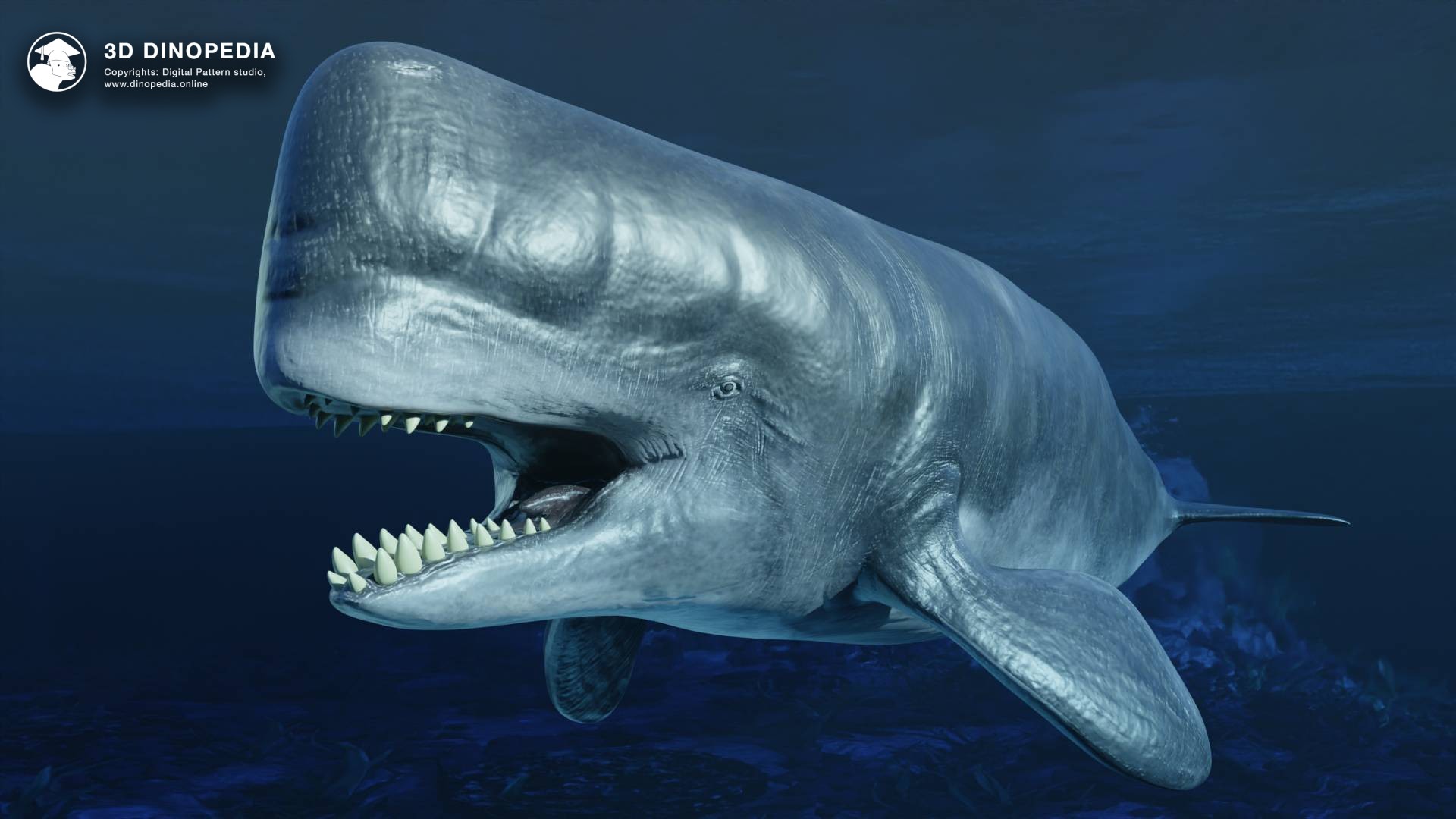
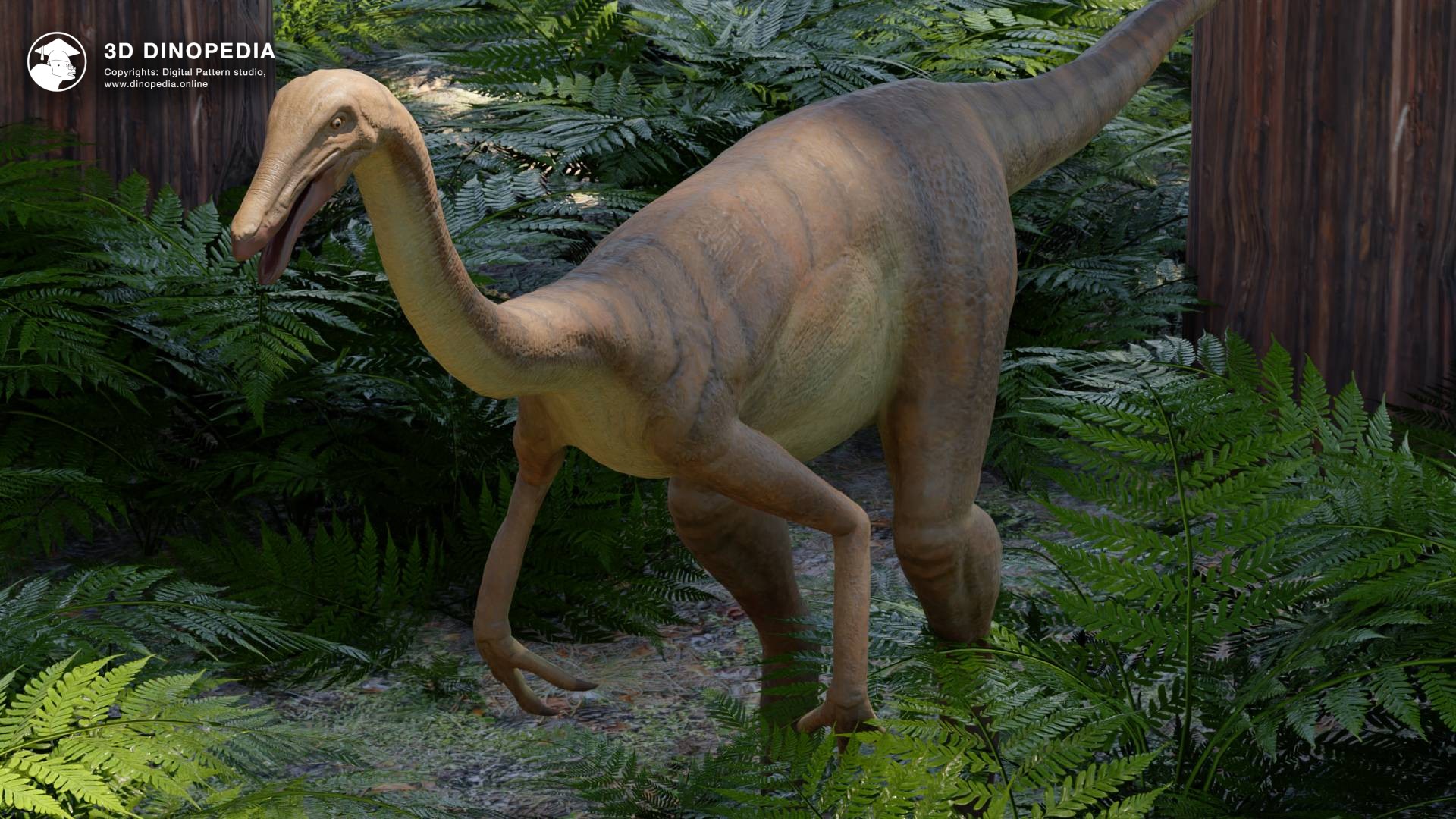
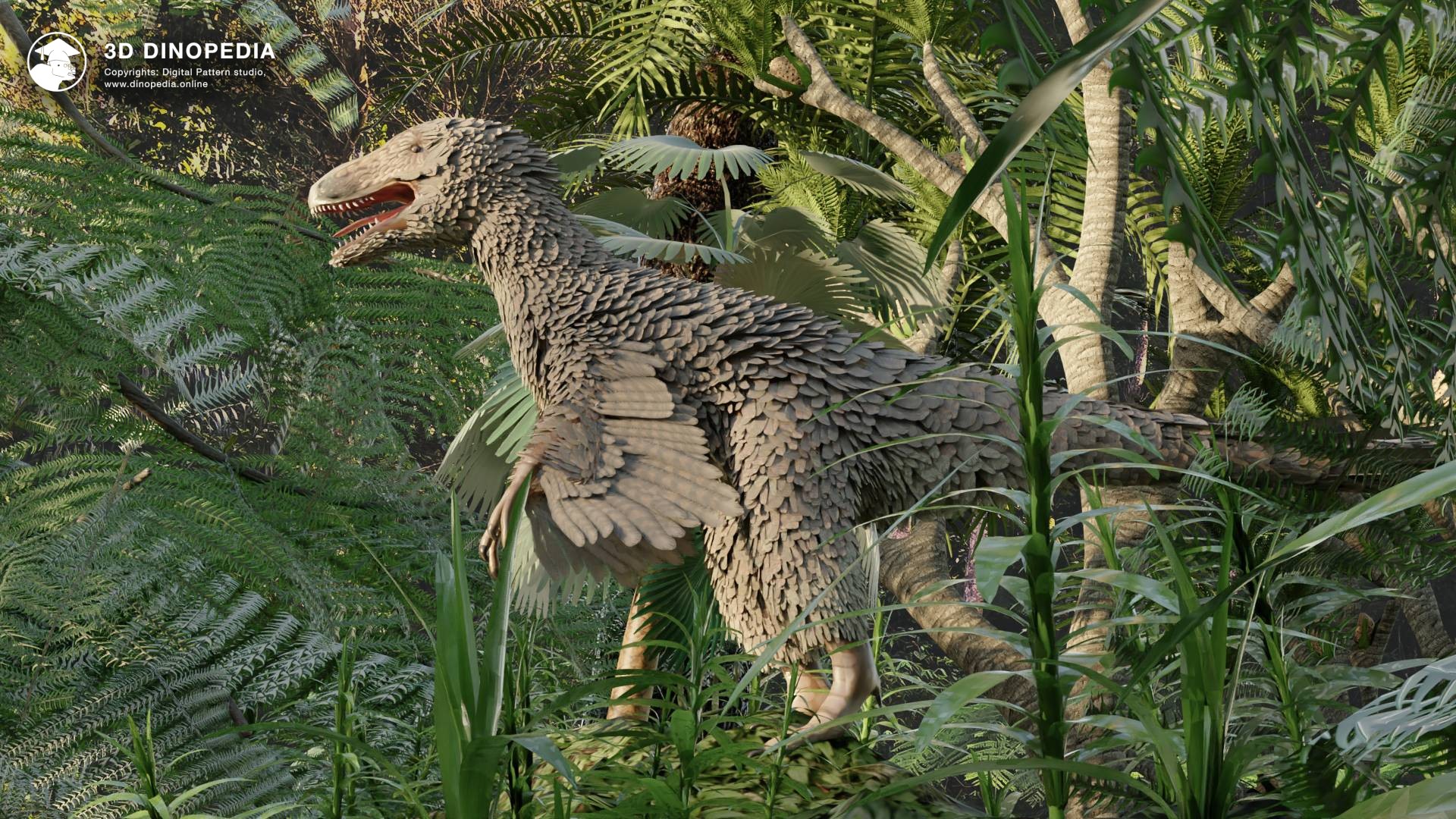

{{ count }} comments
You must login to write a comment